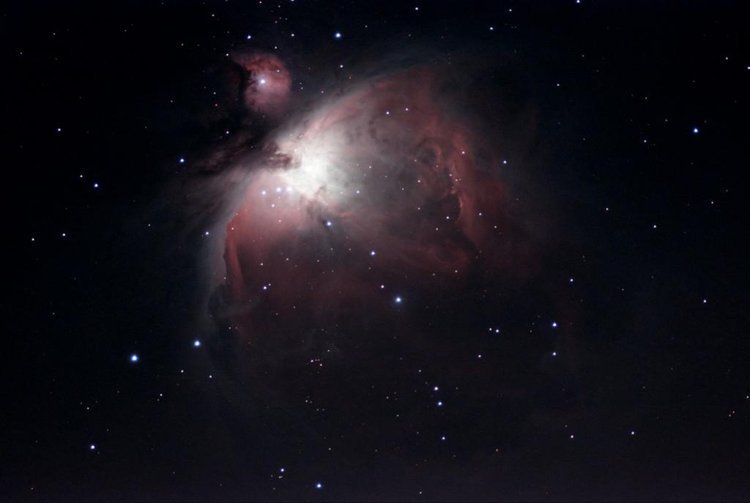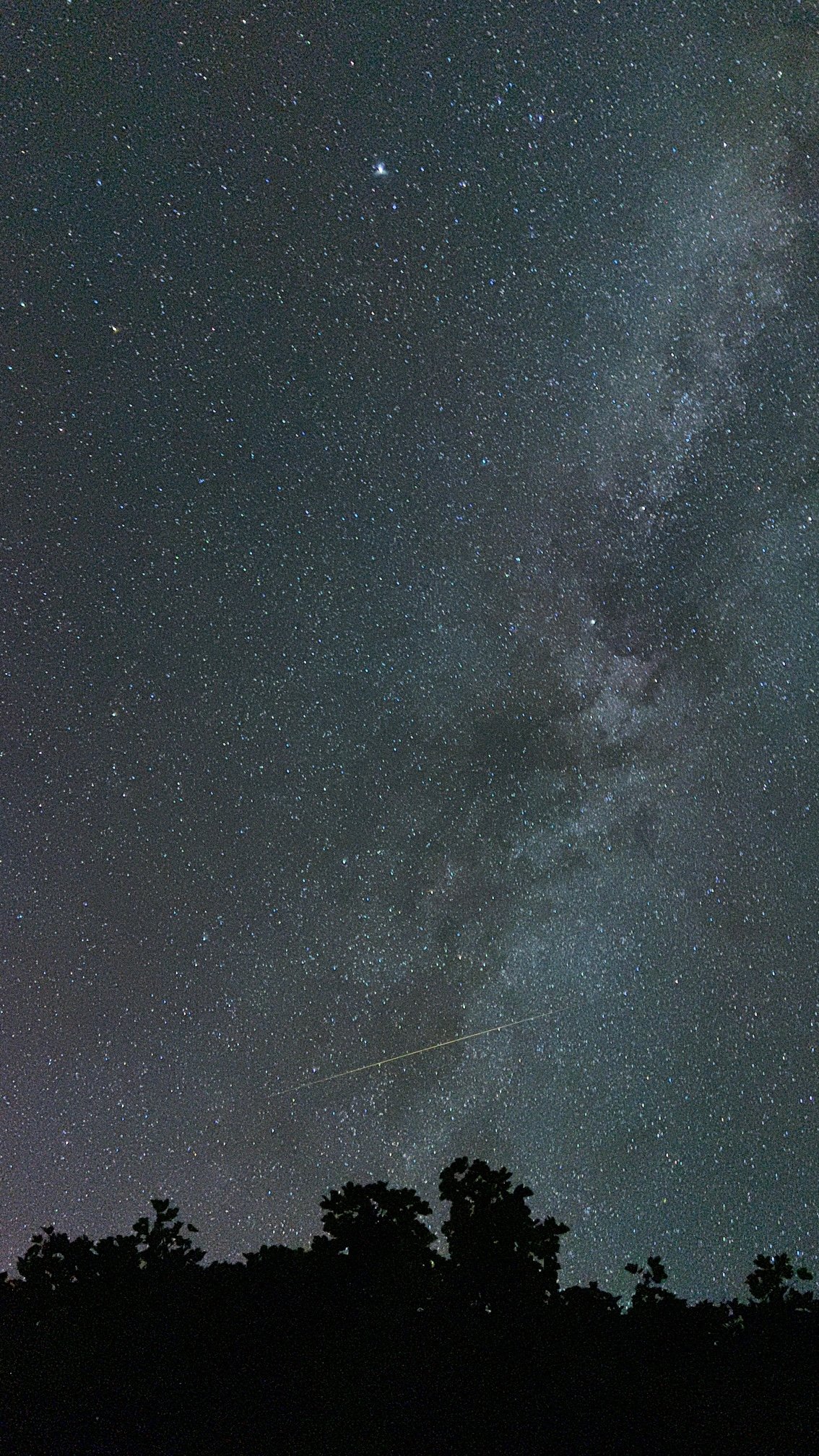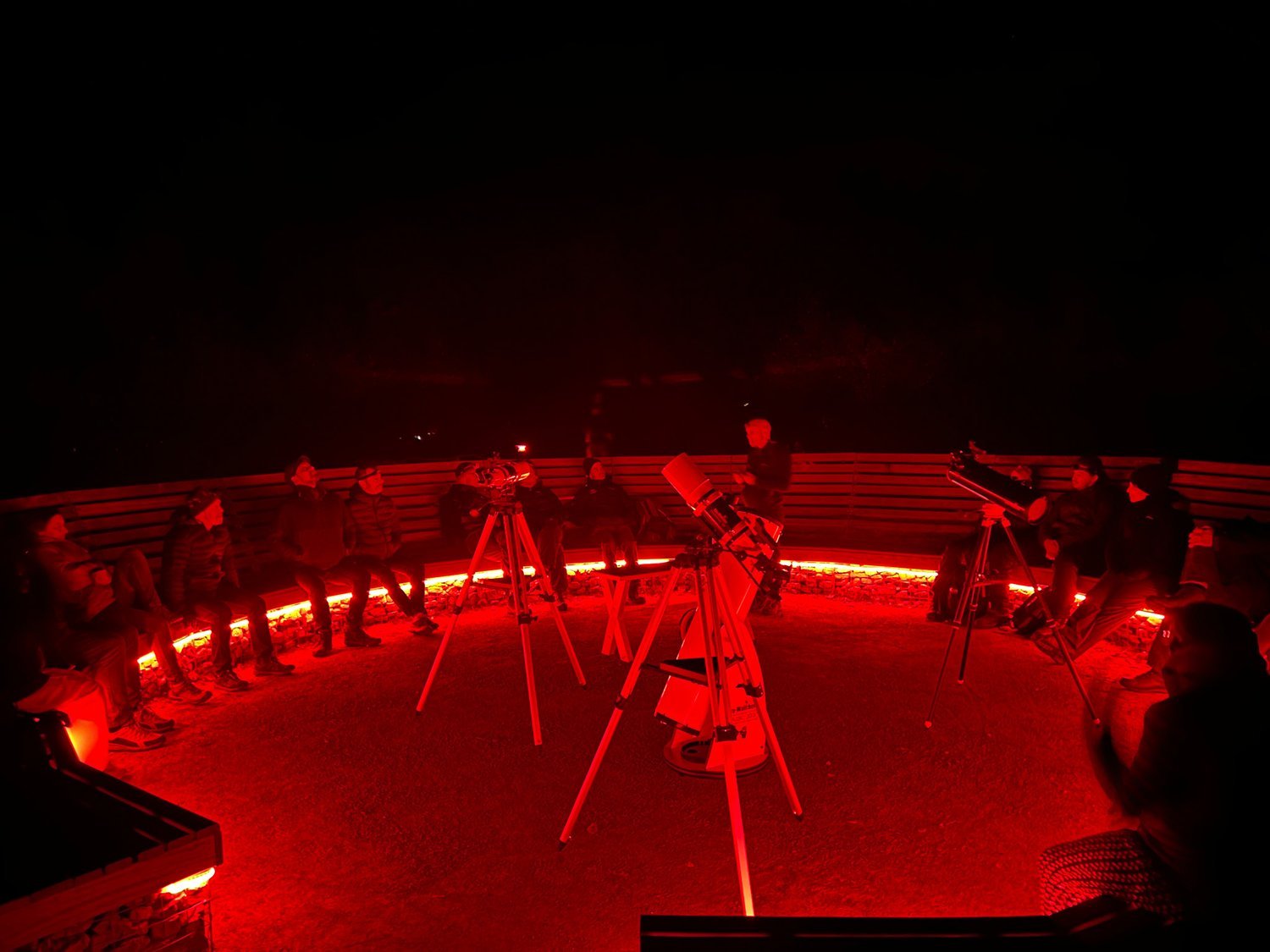October's Celestial Spectacle: Stargazing in North York Moors National Park
Introduction:
October is a magical month for stargazers in the Northern Hemisphere, and there's no better place to witness the celestial wonders than the North York Moors National Park. As autumn paints the landscape with fiery hues, the dark skies of this protected area come alive with the brilliance of stars, planets, and meteor showers. In this blog post, we'll explore what can be seen in the night sky during October, with a special focus on the North York Moors Dark Skies Festival.
The North York Moors Dark Skies Fringe Festival:
The North York Moors National Park is renowned for its commitment to preserving the pristine beauty of its night skies. The Dark Skies Fringe Festival, which usually takes place in October, celebrates the park's International Dark Sky Reserve status. This festival offers a range of activities for both seasoned astronomers and casual stargazers alike.
1. Stargazing Events: The festival hosts a variety of stargazing events, led by expert astronomers and guides. These events provide opportunities to observe celestial objects through powerful telescopes and learn about the wonders of the night sky.
2. Night Walks: For those who prefer a more immersive experience, guided night walks through the moors allow participants to connect with nature while appreciating the beauty of the cosmos overhead.
3. Workshops and Talks: Visitors can attend workshops and talks that cover a range of topics, from astrophotography techniques to the science behind the stars.
Discover more here:
You can view all of the Large Outdoors Fringe Events here…
Celestial Highlights for October:
During October, the North York Moors National Park offers an excellent backdrop to observe a variety of celestial wonders. Here are some of the highlights:
1. Orionid Meteor Shower (October 21-22): The Orionids, associated with Halley's Comet, grace the night sky with their swift and bright meteors. The lack of light pollution in the North York Moors enhances the viewing experience.
2. Jupiter and Saturn: These gas giants are visible throughout the month. Jupiter shines brightly in the southern sky, while Saturn can be found not far from it. Observing their intricate ring systems through a telescope is a memorable experience.
3. Autumn Constellations: Look for familiar constellations like Cassiopeia, Pegasus, and Andromeda. Andromeda is home to the famous Andromeda Galaxy, the closest spiral galaxy to our Milky Way.
4. The Milky Way: The Milky Way itself becomes a spectacle in the dark skies of the park. Its faint band of starlight stretches across the heavens, revealing countless stars and nebulae.
Tips for Stargazing in the North York Moors:
1. Plan Ahead: Check the festival schedule for stargazing events and workshops. Make reservations in advance as these events often sell out quickly.
2. Stay in Dark Sky-Friendly Accommodations: Choose accommodations that are part of the Dark Sky Discovery Network, ensuring minimal light pollution and prime stargazing conditions.
3. Bring the Right Equipment: If you have a telescope or binoculars, bring them along. A red head torch will help you navigate without disrupting your night vision.
4. Dress Warmly: October nights can get chilly, so layer up and bring blankets or sleeping bags for added comfort.
5. Be Patient: Stargazing requires patience. Allow your eyes to adjust to the darkness, and don't rush the experience.
Conclusion:
The North York Moors National Park, with its stunning landscapes and commitment to preserving its dark skies, provides an ideal setting for stargazers and nature enthusiasts alike. The October Dark Skies Festival offers a unique opportunity to explore the cosmos while enjoying the natural beauty of this remarkable location. Whether you're a seasoned astronomer or a first-time stargazer, a visit to the North York Moors in October promises a celestial spectacle you won't soon forget.
You can view all of the Large Outdoors Fringe Events here…



